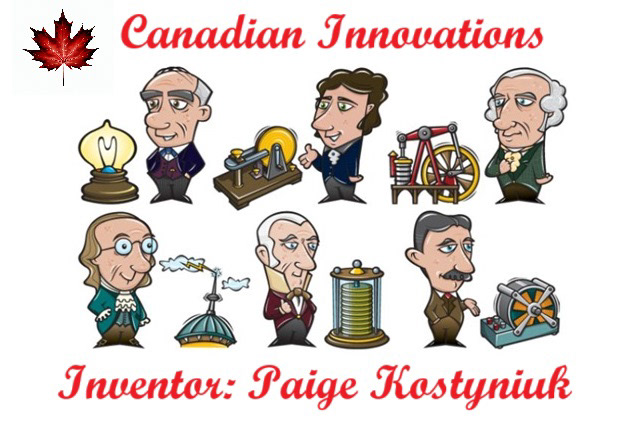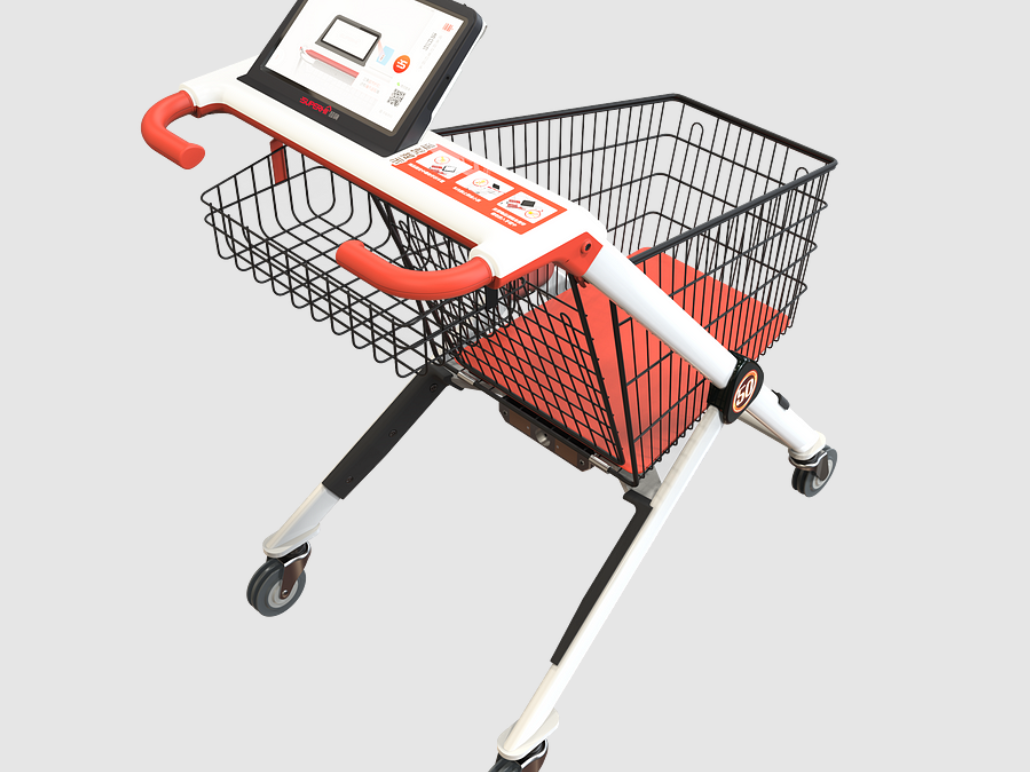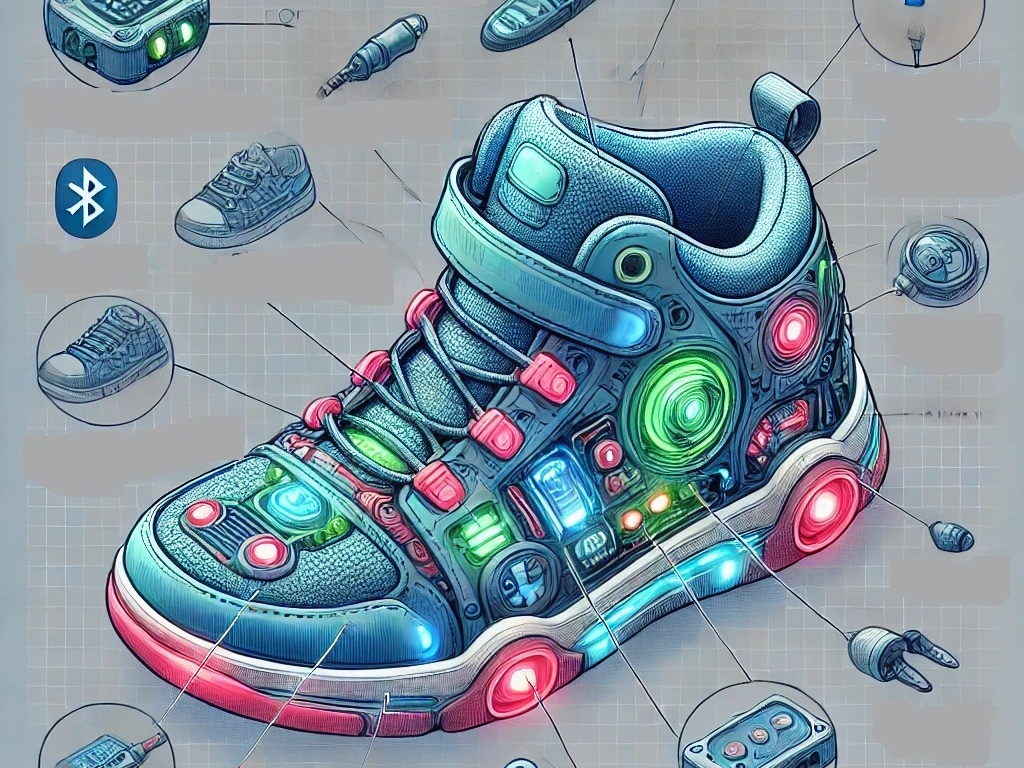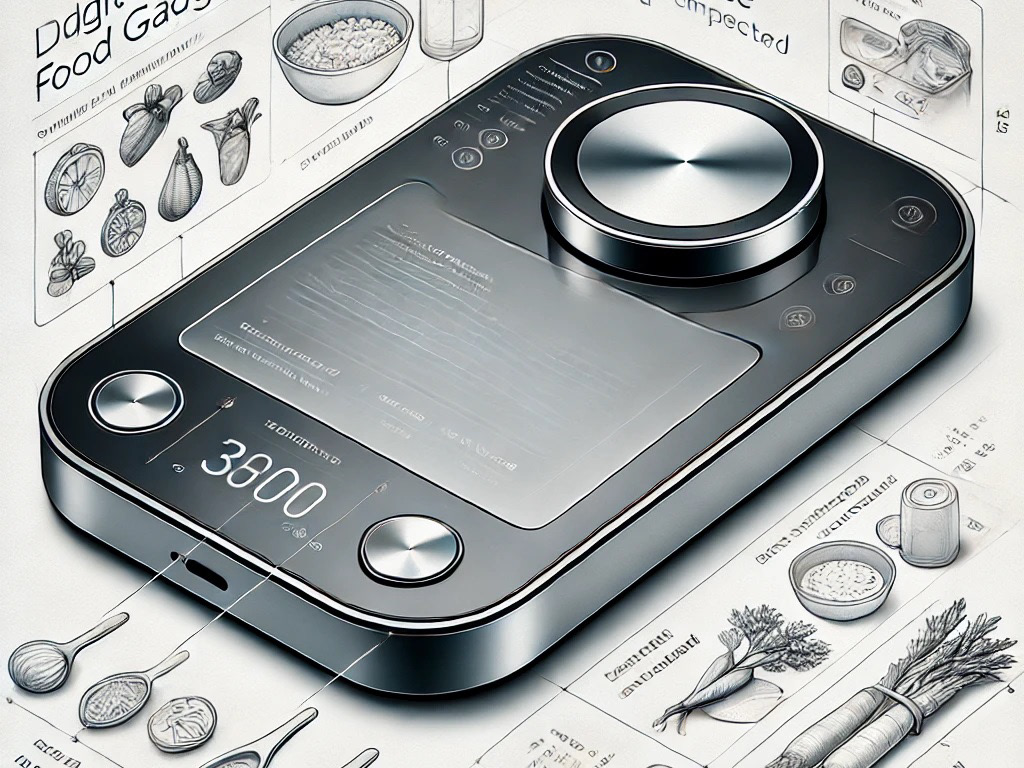The best part of this idea is the fact that when you are done with this and you don't toss it in the trash, you get to plant the case. The case will be biodegradable and the seeds will be able to grow into the specific seeds that a user can choose from. No more waste in the landfills, and the many choices of seeds that will be inside the cases.
There are certain seeds that can handle being enclosed in this case and will be able to grow. I can not give this out, until later if you chose to partner with me.
The designs can be anything that is safe to use and won't harm the seedlings and won't cause any harm when the phone case is morphing into the dirt. Will be a safe paint.
The huge advantage of this idea is to eliminate the waste in the landfills. We all have contributed to the landfills and it's time that we do what we all can to eliminate the waste. Mother nature can handle just so much, and I think we have done damage and harmed enough wildlife and sea life in our time.
The downfall of this idea is that, the distribution will have to be limited to certain areas at certain times of the year. Like here in Canada, we have only 4- 5 months and it snows here. The seeds will have to be chosen for my area properly. It might cost more to make sure the seedlings go to the right countries at the right times.
Can't have the same seeds going to different places that can not handle the weather or the drastic changes in climates.
The biodegradable phone case embedded with seeds has several compelling reasons behind its design, aimed at combining environmental responsibility with functionality. Here's a breakdown:
1. Environmental Sustainability
*Reducing Plastic Waste: Traditional phone cases are often made of biodegradable plastics that contribute significantly to landfill waste. A biodegradable case case decomposes naturally over time, minimizing environmental impact.
*Promoting Biodegradability in Electronics: Electronic eccessaries are rarely eco-friendly. This product helps set a precedent for more sustainable, disposable electronic accessaries, encouraging consumers and companies to comnsider enviromentally friendly alternatives
*Encouraging Green Consumption: By using renewable materials, this case promotes a mindset shift toward greener, eco-friendly consumption and provides consumers with a sustainable choice.
*Encouraging Green Consumption: By using renewable materials, this case promotes a mindset shift toward greener, eco-friendly consumption and provides consumers with a sustainable choice.
2. Promoting Biodiversity
* Embedded Seeds for Plant Growth: As the case biodegrades, seeds start sprouting, providing the opportunity to grow plants, flowers or even herbs. This supports biodiversity, adds gtreenery to the environment, and directly impacts ecosystems by creating new life.
3. Consumer Appeal and Education
Eco-Conscious Branding: Many consumers are increasingly interested in products that reflect their environmental values. A phone case that decomposes and grows plants taps into the eco-conscious market and provides a strong brand identity.
Educating Consumers on Sustainable Choices: By buying a phone case with such unique, environmentally beneficial features, consumers are encouraged to learn about biodegradable materials and rethink their purchasing choices toward sustainable products.
4. Novelty and Innovation
Unique Product Offering: Seed-embedded phone cases are a novel concept that stands out from typical cases. This product’s unique nature can drive consumer interest, create a distinctive brand identity, and make it a conversation starter.
Aligning with Eco Trends: As sustainability becomes more central in product development, eco-friendly, biodegradable products like this case are aligned with current trends and have the potential to become popular lifestyle choices.
5. Positive Impact on Carbon Footprint
Carbon Sequestration through Plant Growth: If a large number of cases are sold, each one has the potential to contribute to carbon absorption through plant growth, which can offset some of the carbon emissions associated with its manufacturing.
Reduced Resource Demand: Made from renewable resources, this case reduces reliance on fossil fuels, plastics, and other non-renewable materials, leading to a lower overall carbon footprint.
6. Encouraging Recycling and Composting Behavior
Promoting Decomposition Awareness: By actively choosing a biodegradable product, consumers are encouraged to consider recycling, composting, and proper waste management practices, which can have broader positive impacts on environmental habits.
Connecting Product Lifecycle to Nature: This phone case has a meaningful end-of-life cycle, which reinforces the idea of sustainable consumption and the role of individuals in maintaining the environment.
This biodegradable, seed-embedded phone case stands out for several key reasons, making it a one-of-a-kind product that is unlike anything currently available on the market:
1. Biodegradable Composition with Seed Infusion
Decomposable Materials: While biodegradable phone cases do exist, few, if any, are embedded with seeds. This product is designed to naturally decompose in a way that enriches soil rather than simply breaking down into non-toxic components.
Growth Potential: As the case decomposes, the seeds within are designed to sprout, making it the only phone case that doesn’t just break down but actively contributes to the environment by generating new plant life.
2. End-of-Life Impact Beyond Disposal
Eco-Friendly Disposal Process: Unlike traditional cases, this one offers a hands-on environmental impact where the user can plant it directly in soil after its usable life, and it will contribute to local ecosystems.
Dual Purpose: This product combines two functions – protecting a phone and supporting plant growth – which adds value and unique appeal. Few, if any, consumer products achieve a functional end-of-life cycle that directly benefits the environment.
3. Aligned with Eco-Friendly Consumer Trends
Growing Eco-Market Appeal: This product appeals to a rapidly growing segment of environmentally conscious consumers who seek products that go beyond minimal environmental harm. With its innovative seed-planting feature, it offers more than typical “green” products by actively engaging users in sustainable actions.
Distinctive Eco-Brand Positioning: Because of its unique design, this phone case can be positioned as a premium eco-friendly product with a purpose beyond utility, capturing consumers who are committed to sustainable lifestyles.
4. Customization of Seed Types
Personalization in Plant Choice: Unlike other biodegradable items, the seeds in this phone case can potentially be selected or customized based on user preferences, offering a unique, personalized experience. This option not only enhances user engagement but also allows users to select seeds that can contribute positively to their local biodiversity.
Native and Beneficial Plants: By including seeds for native plants, pollinators, or even herbs, the phone case can support local ecosystems, pollination, and biodiversity in a meaningful, measurable way that other products don’t address.
5. Innovation in Sustainable Product Design
A New Take on “Disposable” Products: This phone case shifts the concept of a disposable product by giving it a lasting, positive environmental impact. Other eco-friendly cases focus only on being recyclable or compostable, but this product is designed with an end-of-life stage that benefits the environment through plant growth, establishing a cycle of use and regeneration.
Setting a Trend for Future Eco-Friendly Electronics Accessories: While eco-friendly products for electronics are limited, this phone case paves the way for an entirely new category of biodegradable tech accessories, offering a model for other companies to adopt.
6. Marketing Power and Consumer Engagement
Educative and Interactive Element: This product goes beyond functionality to educate and engage consumers in sustainability practices. By involving users in the planting process, it fosters a sense of environmental stewardship, encouraging them to make more eco-conscious decisions.
Unique Story and Market Differentiation: The story behind this product makes it an excellent fit for a brand narrative focused on sustainability, which is a rarity in the phone accessory market. The ability to participate in planting makes it memorable and newsworthy, which adds marketing appeal and differentiation.
7. Patenting Opportunities and First-to-Market Advantage
Patent Potential: With its unique seed-infused, biodegradable design, this phone case has strong patent potential, giving it intellectual property protection that can keep competitors from creating identical products.
First-Mover Advantage: As one of the first, if not the only, phone cases to offer this combination of biodegradability and plant growth, this product holds a unique position in the market, which can establish it as a pioneer in sustainable tech accessories.
In summary, this biodegradable phone case with embedded seeds is distinctive in design, sustainability impact, and user engagement, making it unlike any other phone case on the market. It’s not only eco-friendly but creates a regenerative effect, setting it apart as a truly sustainable product that aligns with environmental goals and consumer values.
Cost and Profits
The cost to make, sell, and attract investment for the biodegradable phone case embedded with seeds involves several factors, from material costs to production and marketing expenses. Here’s a detailed breakdown:
1. Cost to Manufacture (Per Unit)
Manufacturing costs can vary based on materials, production scale, and labor, but here’s an estimate for key components of a biodegradable, seed-embedded phone case:
Biodegradable Materials: High-quality biodegradable materials like plant-based plastics, biopolymers (e.g., PLA or PBAT), or hemp-based composites can cost around $0.50 to $1.50 per case.
Seed Embedment: Seed types and sourcing will impact the cost. Bulk seed purchases (e.g., wildflowers, herbs) can range from $0.05 to $0.25 per case.
Production Costs: Molding, pressing, and embedding seeds in the materials can cost around $1 to $2 per case, depending on production efficiency and technology.
Packaging: Sustainable, biodegradable packaging adds approximately $0.25 to $0.50 per unit.
Estimated Total Cost to Manufacture (per unit): $2.00 - $4.25
2. Cost to Sell (Retail Price)
To determine a competitive retail price, let’s look at pricing in the biodegradable phone case market and eco-friendly niche accessories:
Retail Price Range: Premium, eco-friendly phone cases often retail between $15 and $35.
Suggested Retail Price: Considering materials and production costs, pricing the case between $20 and $30 allows for a reasonable margin while staying accessible to eco-conscious consumers.
A price of around $25 would give a 60-80% markup over manufacturing costs, leaving room for profits, distribution, and potential discounts.
3. Cost to an Investor
Investors would likely evaluate funding based on initial development, production scaling, and marketing costs. Here’s an estimate of what they might expect to invest:
Research & Development: Initial R&D, including material testing, prototype creation, and seed integration techniques, could cost around $10,000 to $20,000.
Production Setup and Tooling: For molds, machinery adjustments, and sustainable production, initial setup could range from $30,000 to $50,000.
Marketing and Distribution: Creating brand awareness, packaging design, and marketing campaigns may require an additional $15,000 to $25,000.
Inventory Production for Initial Run: For a minimum batch of 5,000 units at approximately $4 per unit, initial production costs would be around $20,000.
Estimated Total Investment: $75,000 - $115,000
This investment would help with development, a first production run, and initial marketing to build a customer base.
4. Future Gains and Investor Return
Projected Revenue: Selling 5,000 units at $25 each could generate $125,000 in revenue for the initial run.
Scaling Potential: With proven demand, future production costs per unit could decrease, raising profit margins and scaling revenue significantly.
Return on Investment (ROI): With initial returns covering production and marketing costs, scaling up with successful sales and distribution channels could yield a potential ROI of 200-400% over a few years.
Summary
Manufacturing Cost (per unit): $2.00 - $4.25
Retail Price: $20 - $30 (suggested price of $25)
Initial Investment Needed: $75,000 - $115,000
Revenue from First Run: $125,000 (for 5,000 units at $25 each)
Long-Term Profit Potential: High, with potential ROI of 200-400% based on demand and scaling.
This biodegradable seed-embedded phone case offers an attractive combination of reasonable manufacturing costs, strong eco-friendly appeal, and scalable profits, making it a promising investment in the growing sustainable product market.




